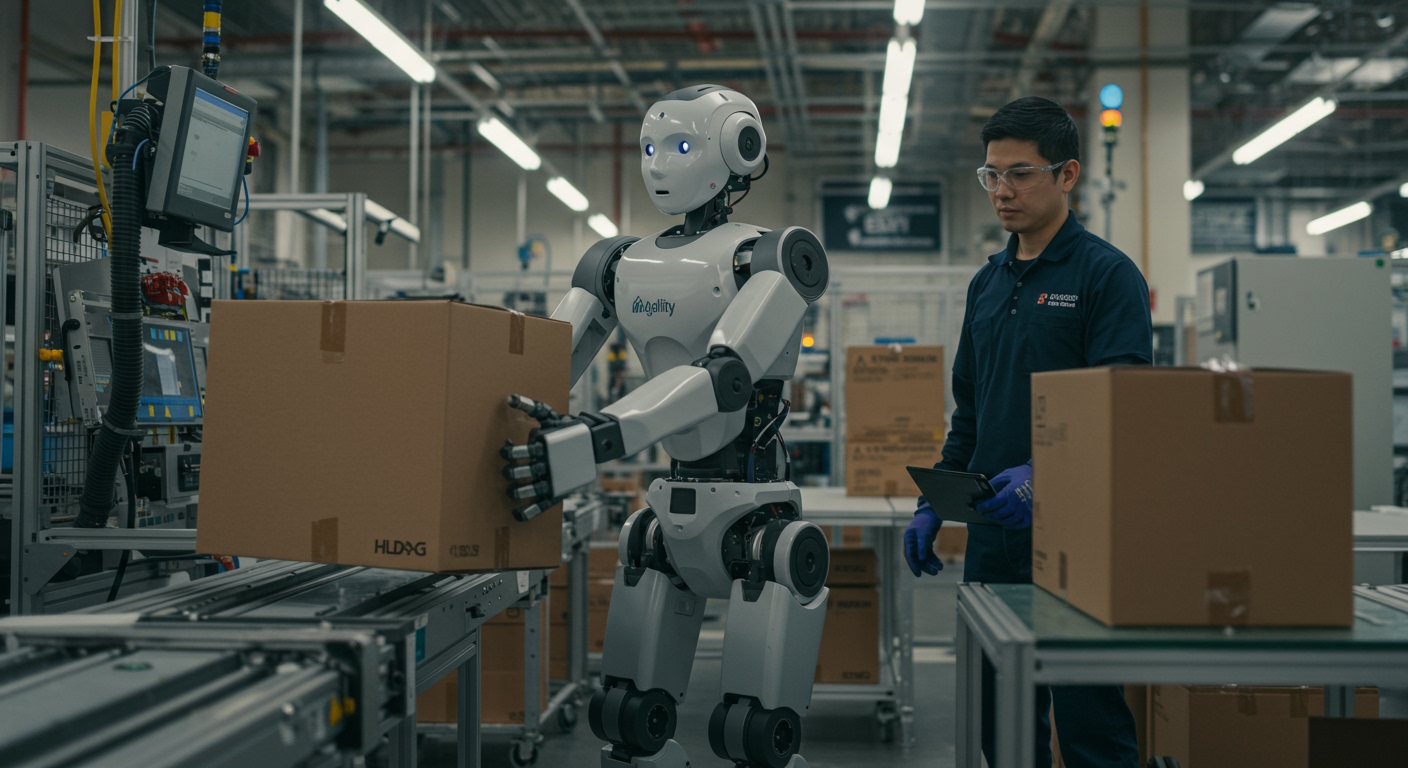A groundbreaking report from financial services giant Morgan Stanley forecasts a significant transformation in the global workforce, predicting that some 13 million humanoid robots could be actively integrated into society and industry by the year 2035. This projection underscores the accelerating pace of technological advancement and its potential impact on labor markets and daily life.
Economic Viability Driving Adoption
The report highlights a critical factor poised to drive this widespread adoption: economic viability. The estimated cost of owning a humanoid robot is predicted to fall to approximately $10,000 per year. This price point is considered commercially viable across numerous sectors, potentially triggering a substantial surge in demand from businesses seeking to enhance efficiency and productivity. The forecast extends further, suggesting that within the next 15 years, the total number of active robots, encompassing various types beyond humanoids, could potentially reach a staggering one billion globally, illustrating a future where automation plays a vastly expanded role.
Current Capabilities and Real-World Applications
While the vision of millions of human-like robots may seem futuristic, current models are already demonstrating practical capabilities in real-world settings. These early iterations possess a narrower range of capabilities compared to hypothetical future designs, focusing primarily on specific tasks within human environments. Their design is specifically engineered to allow them to perform physical jobs alongside humans, rather than replacing them entirely in all functions.
The report points to compelling examples already in operation. Agility Robotics’ Digit, a bipedal robot, is currently being utilized in US factories for tasks such as lifting and stacking materials. This application demonstrates the immediate utility of humanoids in repetitive, physically demanding industrial roles. Another notable example is BMW’s Figure 02, which is being piloted at their Spartanburg, South Carolina assembly plant. This robot showcases a more diverse set of skills, including the ability to open doors, climb stairs, and use tools, indicating versatility that extends beyond simple material handling.
Anticipating the Challenges of Integration
The integration of millions of advanced robots into the workforce and public spaces is not without its complexities. The report explicitly states that this widespread adoption is expected to present challenges. These challenges could encompass a wide range of issues, including potential impacts on employment, the need for new regulatory frameworks, safety protocols for human-robot interaction, ethical considerations, and the significant societal adjustments required as automation becomes more pervasive.
Successfully navigating these complexities will be crucial for maximizing the benefits of robotic integration while mitigating potential disruptions. Policymakers, industry leaders, and researchers will need to collaborate to develop strategies that address workforce retraining, ensure equitable access to new opportunities, and establish clear guidelines for the responsible development and deployment of autonomous systems.
The Path Forward
The Morgan Stanley forecast paints a vivid picture of a near future where humanoid robots transition from niche prototypes to mainstream tools. The predicted drop in ownership cost to around $10,000 annually is a critical tipping point that could accelerate this trend dramatically. As robots like Agility Robotics’ Digit and BMW’s Figure 02 continue to prove their capabilities in industrial settings – handling tasks from lifting and stacking in US factories to opening doors and using tools at facilities like the Spartanburg, South Carolina assembly plant – their potential applications will likely expand rapidly.
The journey to 13 million humanoid robots by 2035, and potentially one billion active robots overall within 15 years, highlights a transformative era. While the technical feasibility is increasing, the economic drivers are aligning, setting the stage for a fundamental shift in how work is performed and how humans and machines coexist. Addressing the anticipated challenges proactively will be key to unlocking the full potential of this robotic revolution.





